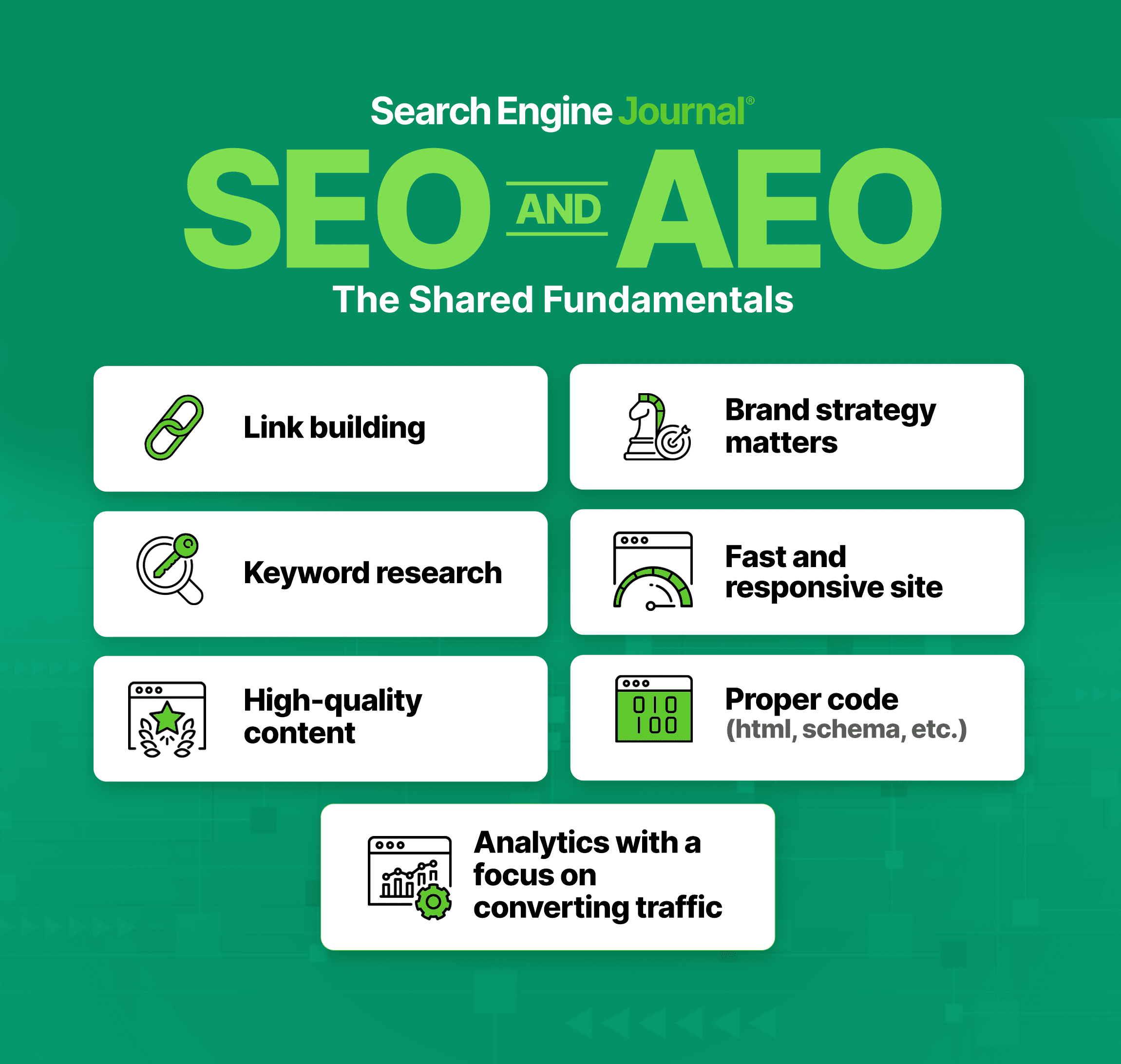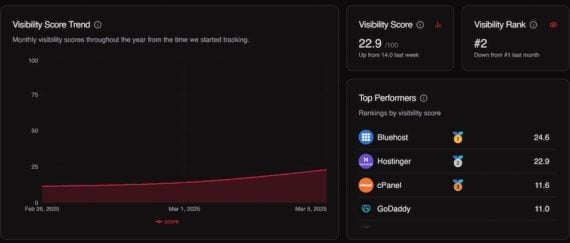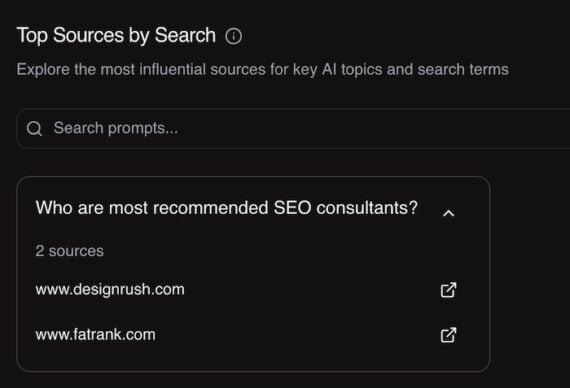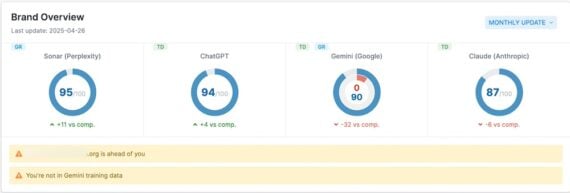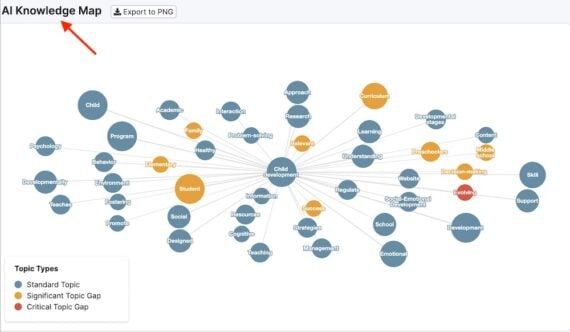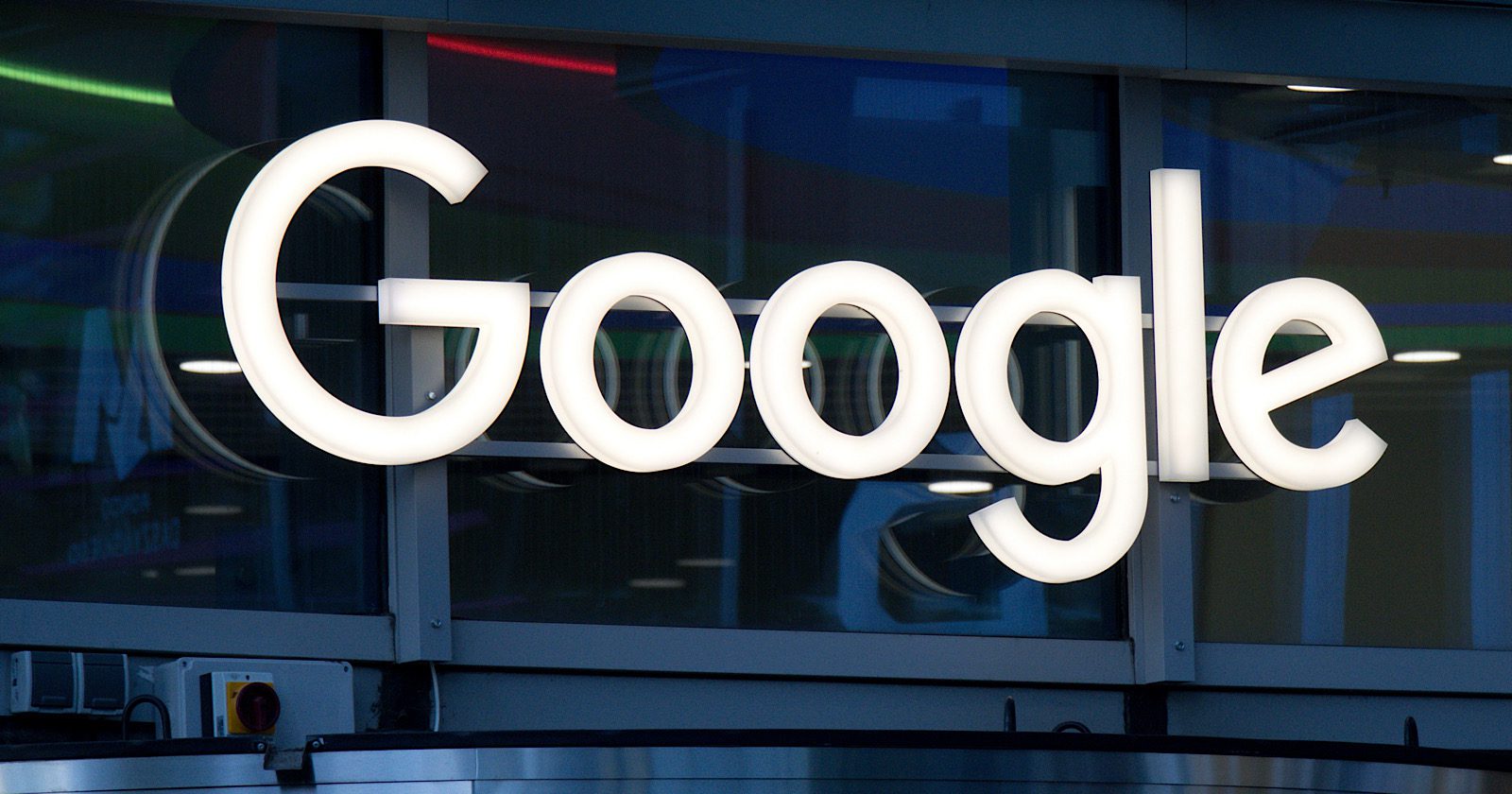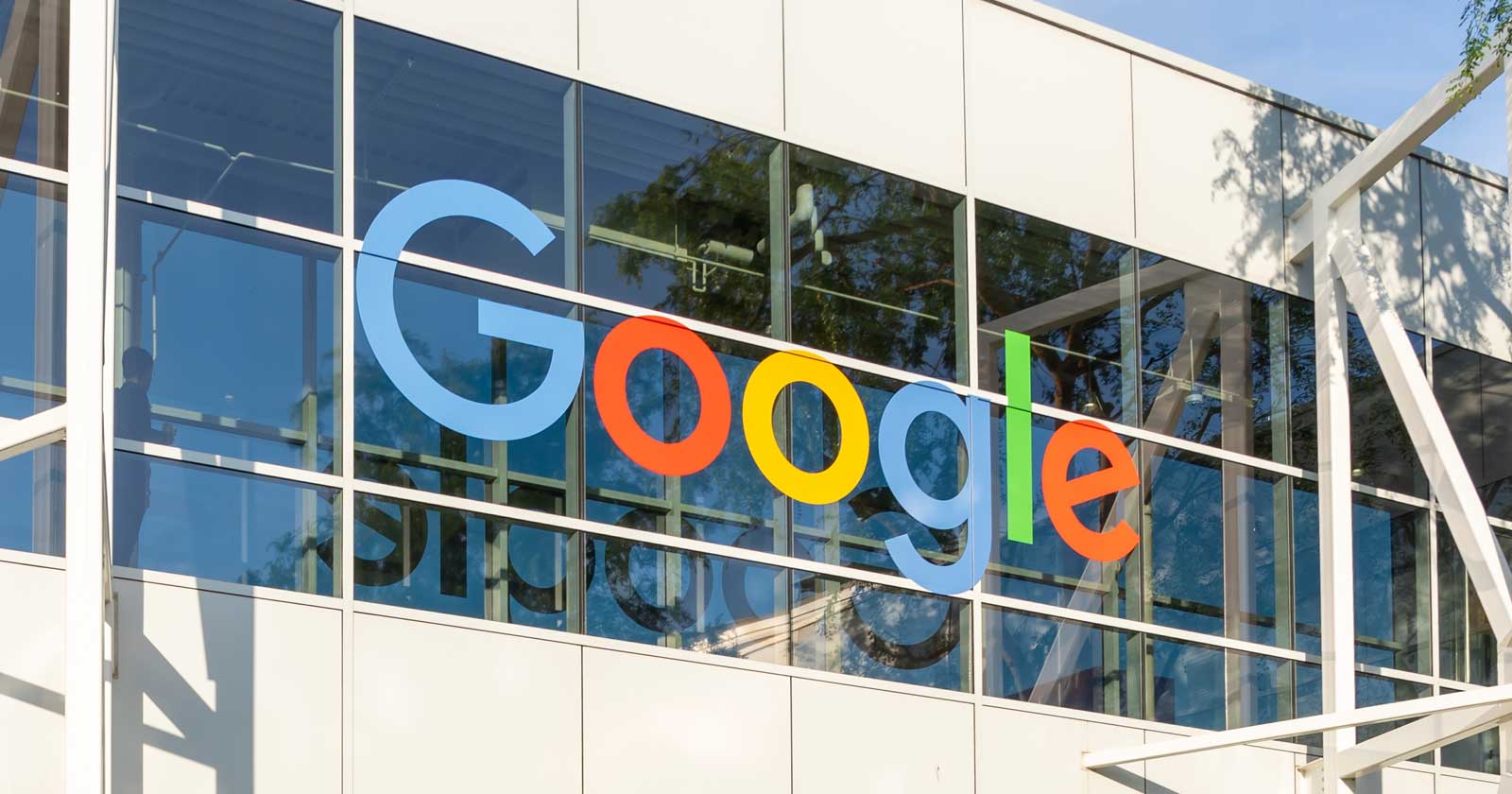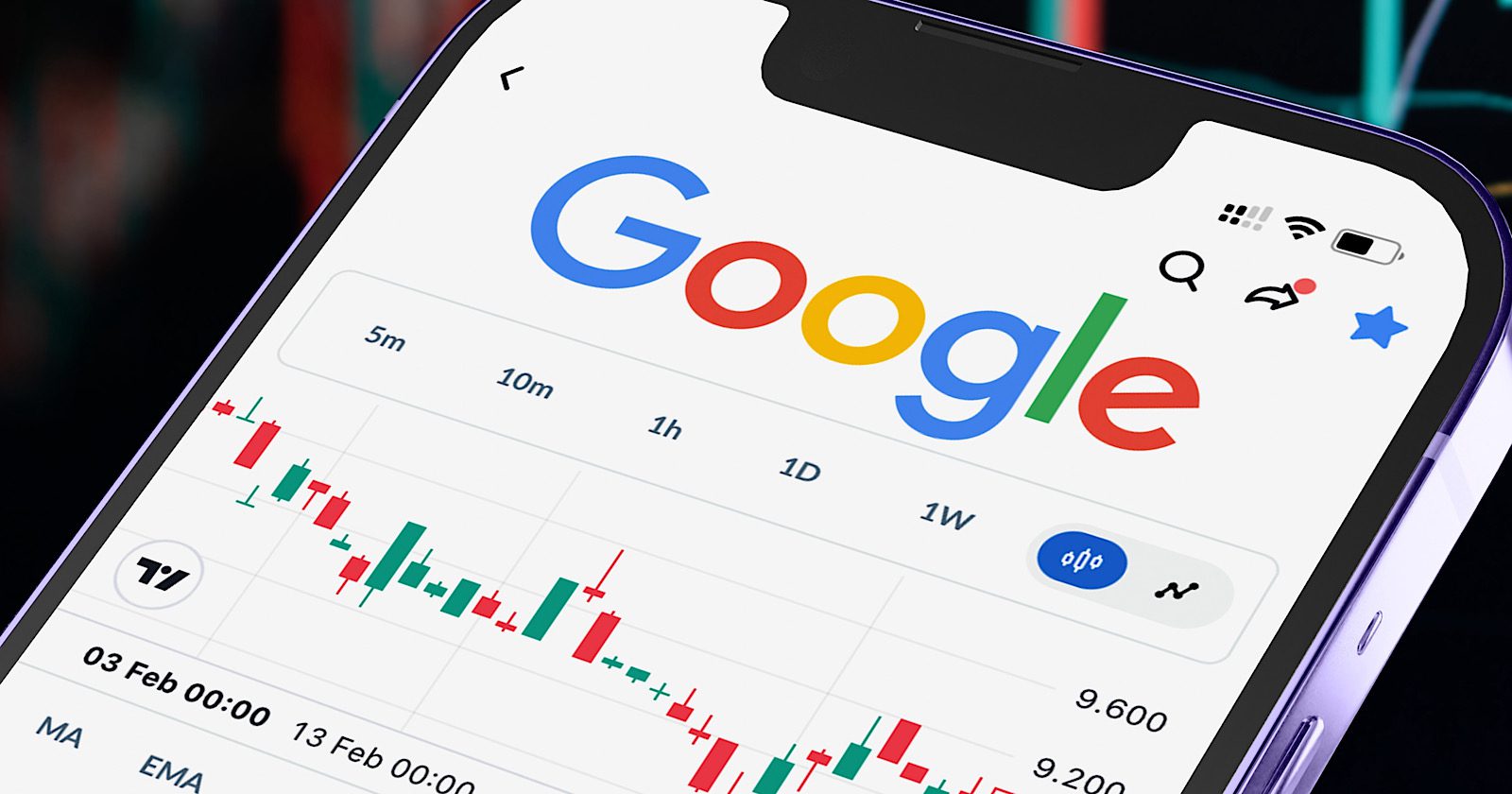Google’s John Mueller answered a question about internal site navigation where an SEO was concerned about diluting the ability to rank for a keyword phrase by using the same anchor text in four sitewide sections across an entire website.
Link In Four Navigational Areas
The person asking the question had a client that had four navigational areas with links across the entire site. One of the links is repeated across each of the four navigational areas, using the exact same anchor text. The concern is that using that phrase multiple times across the entire site might cause it to appear overused.
Roots of Why SEOs Worry About Anchor Text Overuse
There’s a longtime concern in the SEO industry about overusing anchor text. The original reason for this concern, the root of it, is because overusing internal anchor text could be seen as communicating the intent to manipulate the search engines. This concern arose in 2005 because of Google’s announced use of statistical analysis which can identify unnatural linking patterns.
Over the years that concern has evolved to worrying about “diluting” the impact of anchor text, which has no foundation in anything Google said although Google is on record as saying that they’re dampening sitewide links.
Google has in the past made it known that it divides a page into its constituent parts such as the header section (where the logo is), the sitewide navigation, sidebars, main content, in-content navigation, advertising and footers.
We know that Google has been doing this since at least 2004 (a Googler confirmed it to me at a search event) and most definitely around 2006-ish when Google was dampening the effect of external sitewide links and internal sitewide links so that the links only counted as one link, and not with the full power of 2,000 or whatever number of links.
Back in the day people were selling sitewide links at a premium because they were said to harness the entire PageRank power of the site. So Google announced that those links would be dampened for internal links and Google began recognizing paid links and blocking the PageRank from transferring.
We could see the power of the sitewide links through Google’s browser toolbar that contained a PageRank meter so when the change happened we were able to confirm that effect in the toolbar and in rankings.
That’s why sitewide links are no longer an SEO thing anymore. It’s has nothing to do with dilution.
Sitewide Links And Dilution 2025
Today we find an SEO who’s worrying about a sitewide anchor text link being “diluted.”
So, if we already know that Google recognizes sidebars, menus and footers and separates them out from the main content and we know that Google doesn’t count a sitewide link as a multiple but rather counts it as if it only existed on one page, then we already know the answer to that person’s question, which is that no, it’s not going to be a big deal because it’s a navigational sitewide link, which is not meaningful other than to tell Google that it’s an important page for the site.
A sitewide navigational link is important but it’s not the same as a contextual link from within content. A contextual link has meaning, it’s meaningful, because it says something about the page being linked to. One is not better than the other, they’re just different kinds of links.
This is the question that the SEO asked:
Hey
@johnmu.com
a client has 4 navs. A Main Menu, Footer Links, Sidebar Quicklinks & a Related Pages Mini-Nav in posts. Not for SEO but they have quadrupled the internal link profile to a key page on a single anchor.
Any risk that we’re diluting the ability to rank that keyword with “overuse”?
Someone else answered the question with a link to a Search Engine Journal article that was about a site that contains links to every page of the entire site, which is a different situation entirely. That’s a type of site architecture from the old days called a flat site architecture. It was created by SEOs for the purpose of spreading PageRank across to all pages of the site to help all them rank.
Google’s John Mueller responded with a comment about that flat site structure and an answer to the query posed by the SEO:
“I think (it’s been years) that was more about a site that links from all pages to all pages, where you lose context of how pages sit within the site. I don’t think that’s your situation. Having 4 identical links on a page to another page seems fine & common to me, I wouldn’t worry about that.”
Lots Of Duplication
The SEO responded that the duplicated content along the sidebars were HTML and not “navigation” and that they were concerned that this introduced a lot of duplication.
He wrote:
“Its 4 duplicated navs on every page of the site, semantically the side bar and related pages are not navs, they’re html, list structured links so lots of duplication IMO”
I think that Mueller’s answer still applies. It doesn’t matter if they are semantically side bars and related pages. What’s important is that they are not the main content, which is what Google is focused on.
Google’s Martin Splitt went into detail about this four years ago where he talked about the Centerpiece Annotation.
Martin talks about how they identify related content links and other stuff that’s not the main content:
“And then there’s this other thing here, which seems to be like links to related products but it’s not really part of the centerpiece. It’s not really main content here. This seems to be additional stuff.
And then there’s like a bunch of boilerplate or, “Hey, we figured out that the menu looks pretty much the same on all these pages and lists.”
So the answer for the SEO is that it doesn’t matter if those links are in a sidebar or menu navigation or related links. Google identifies it as not the main content and for the purposes of analyzing the web page, sets that aside. Google doesn’t care if stuff is popping up all over the site, it’s not main content.
Read the original discussion on Bluesky.
Featured Image by Shutterstock/Photobank.kiev.ua


